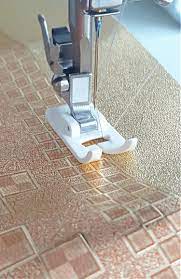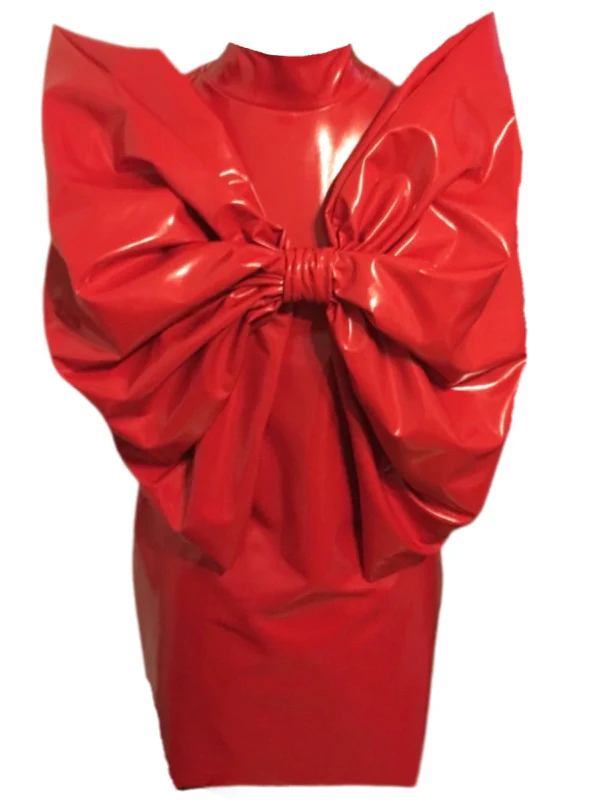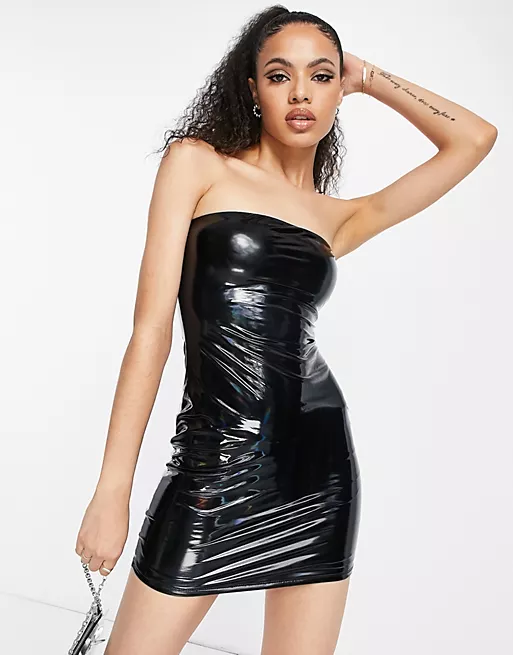Tips for making vinyl clothing
When working with vinyl to create clothing, here are some tips to keep in mind:




- Choosing the Right Vinyl: Select a vinyl material that is suitable for clothing. Look for a vinyl with the right thickness, flexibility, and drape for your desired garment. Consider the transparency level and color options available to match your design.
- Preparing the Pattern: Create or acquire a pattern for the garment you want to make. Take accurate body measurements and transfer them onto the pattern. Keep in mind that vinyl does not have stretch like other fabrics, so adjustments may be needed for ease of movement.
- Cutting the Vinyl: When cutting the vinyl, place it on a clean, smooth surface. Use pattern weights instead of pins to hold the pattern in place, as pins can leave permanent holes in the material. Consider using a rotary cutter or a sharp pair of scissors to ensure clean cuts.
- Sewing Techniques: Vinyl can be tricky to sew due to its smooth and potentially sticky surface. Use a walking foot or a Teflon foot on your sewing machine to help the fabric move smoothly. Lengthen your stitch length to prevent perforating the vinyl, and consider using a slightly smaller needle size to minimize visible holes.
- Seam Finishes: Depending on the thickness of your vinyl, you may need to consider alternative seam finishes. Bulkier seams can be challenging to sew and may create a bulky appearance. Flat-felled seams, topstitching, or binding techniques can be used to reduce bulk and add durability.
- Gluing and Adhesive Options: In some cases, you may want to use adhesive instead of sewing to create certain elements or secure seams. Explore fabric adhesives that are suitable for vinyl, ensuring they won’t damage the material. Always test adhesives on a scrap piece of vinyl before applying them to your garment.
- Handling Heat: Heat can be used to shape or bond vinyl. When using heat, be cautious not to apply too much or direct heat for an extended period, as it can warp or melt the vinyl. Practice heat-forming techniques on scraps before working on the final garment.
- Finishing Touches: Pay attention to the edges and hems of your vinyl garment. You can use techniques like folding and topstitching, adding bias binding, or using specialized vinyl trims to give your garment a polished look.
- Care and Maintenance: Always check the care instructions provided by the manufacturer for your specific vinyl material. Typically, vinyl clothing should be hand-washed or machine-washed on a delicate cycle using cold water. Avoid using harsh detergents or bleach, as they can damage the material. Hang or lay flat to dry, and avoid exposing the garment to direct sunlight.
Remember to practice and experiment with scraps of vinyl before working on your final garment. Each vinyl material may have its unique properties and characteristics, so it’s essential to familiarize yourself with them before diving into your project.






 Email App
Email App
No Comments